Here's a video of the MicroSynth in action:
About Me: I'm David, owner and inventor at MicroKits. MicroKits started out making low cost and easy to build theremin kits, and now I'm working on a synth kit. I'm not ready to tell you about the synth kit yet. But, while working on the larger synth kit, I made the MicroSynth to test some of the circuits out. It also doubles as my business card!
Some Technical Details:
No Buttons
No Digital Chips
No 555's
No matched BJT's
2 Layer PCB, but all traces are on the top layer, the bottom layer is all ground plane.
It's just 4 op amps, a few NMOS's, a speaker driver, and passives!
Touch Sensors for Keys
Instead of mechanical buttons, each key is a resistive touch sensor. Pressing a key with your fingertip allows a tiny amount of current to flow across the touch pad. This current is just enough to turn on a transistor. It's like a membrane button you'd see if you took apart a calculator, but your finger is the button pad.
Linear Keyboard to Exponential Voltage
Musical notes increase in frequency exponentially. Every octave is a doubling of frequency. But the keyboard increases resistance linearly for each key pressed, and the VCO oscillator outputs a frequency that's linearly proportional to an input voltage. For example, It's easy to design a system that will output 10, then 20, then 30, then 40 Hz. It's a lot trickier to design a system that outputs 10, 20, 40, 80 Hz.
Most synthesizers use the exponential gain of BJT transistors to turn a linear voltage into an exponential voltage. But this requires matched resistors, thermal compensation, and circuit by circuit tuning. There are many things that have to accounted for, or else the notes will sound too close or too far apart.
Other cheap synthesizer keyboards use 555 timers and rely on the exponential discharge of an resistor and capacitor to get an exponential output. But 555 timers cost much more than an op amp, and it's hard to find ones that run at low voltage. So, I found a way to combine two op amps and a few resistors in such a way that a linear increase in resistance from the keyboard turns into an almost exponential voltage that the oscillator can use. Technically the response is polynomial not exponential, but the polynomial is within a fraction of a percent of a true exponential.
The joke on Hackaday is: why use a microprocessor when you can use a 555? I'm proud to announce there are times when even a 555 is too much!
 David Levi
David Levi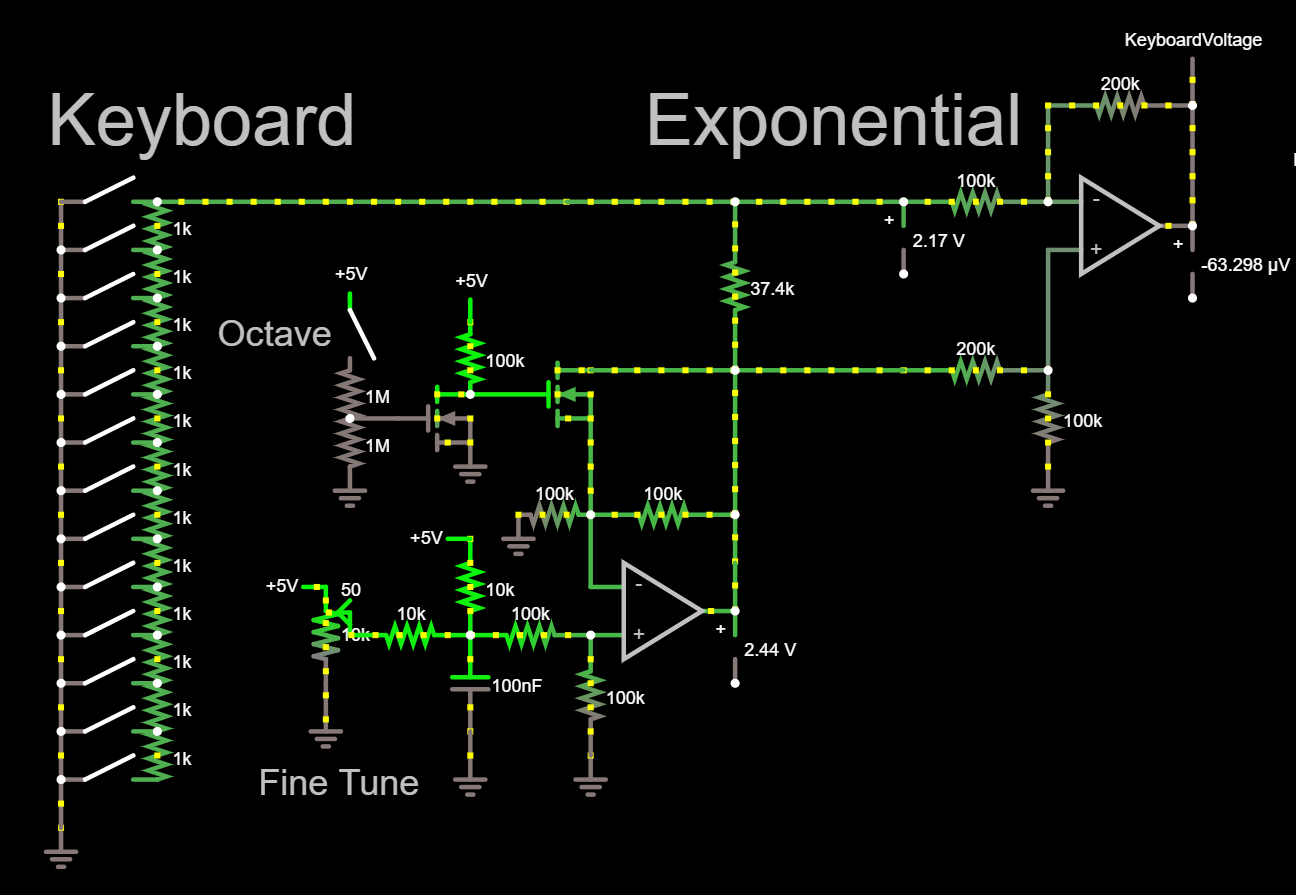
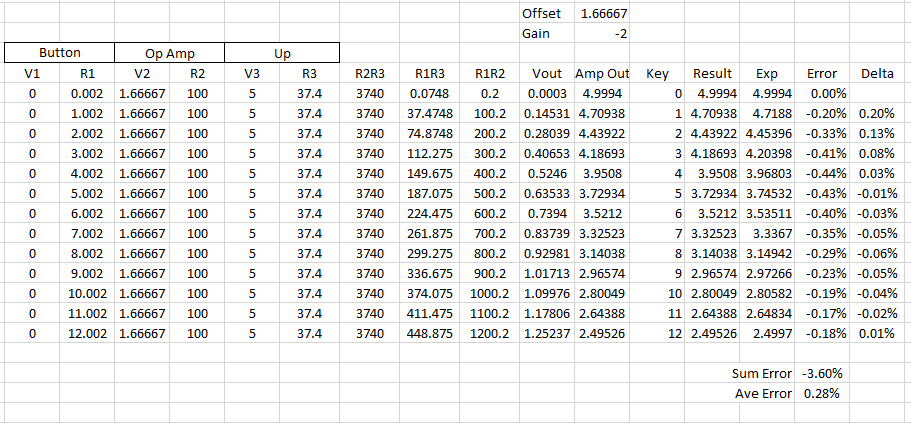
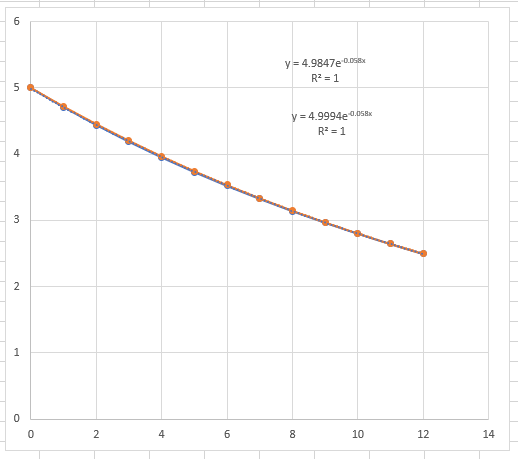
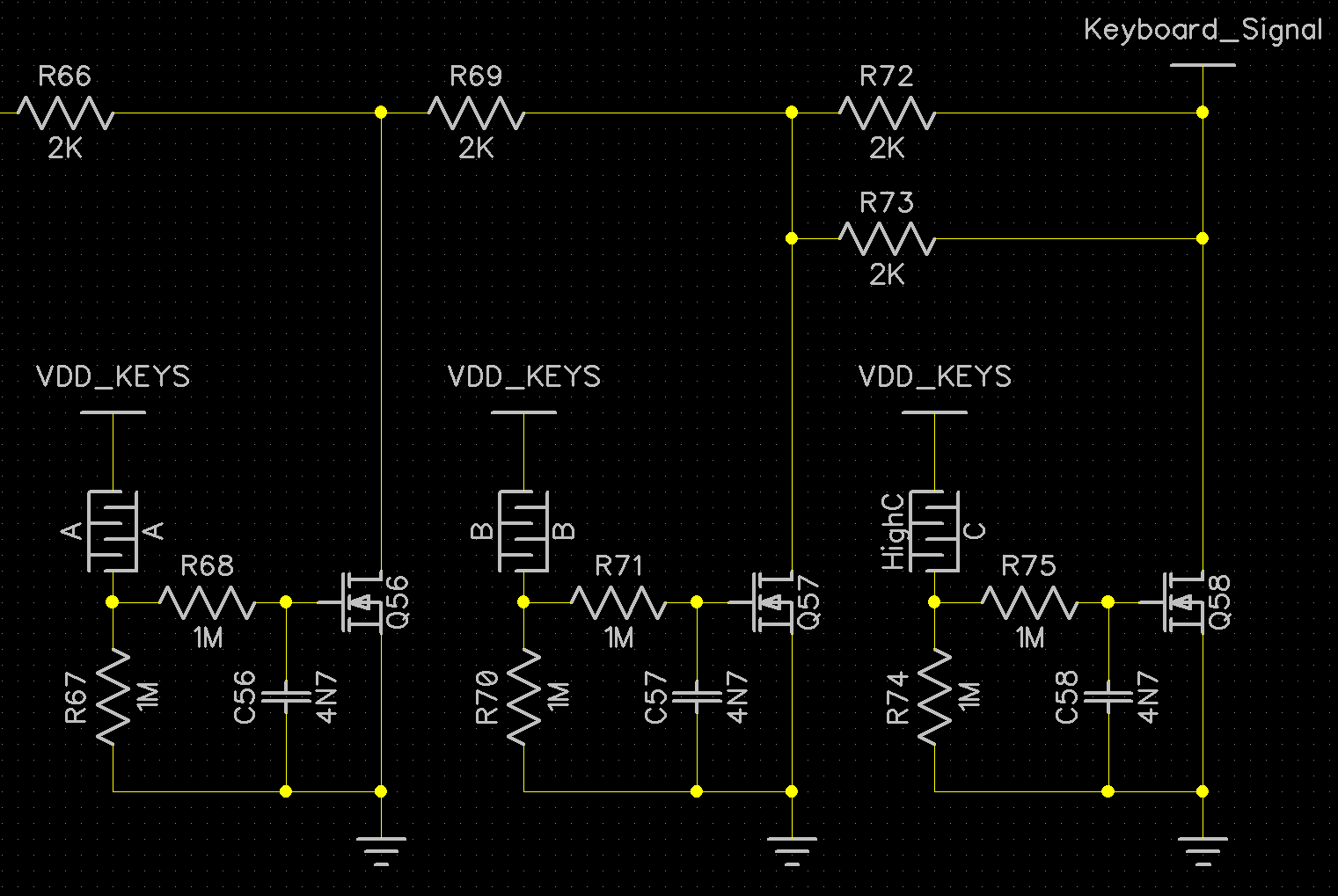
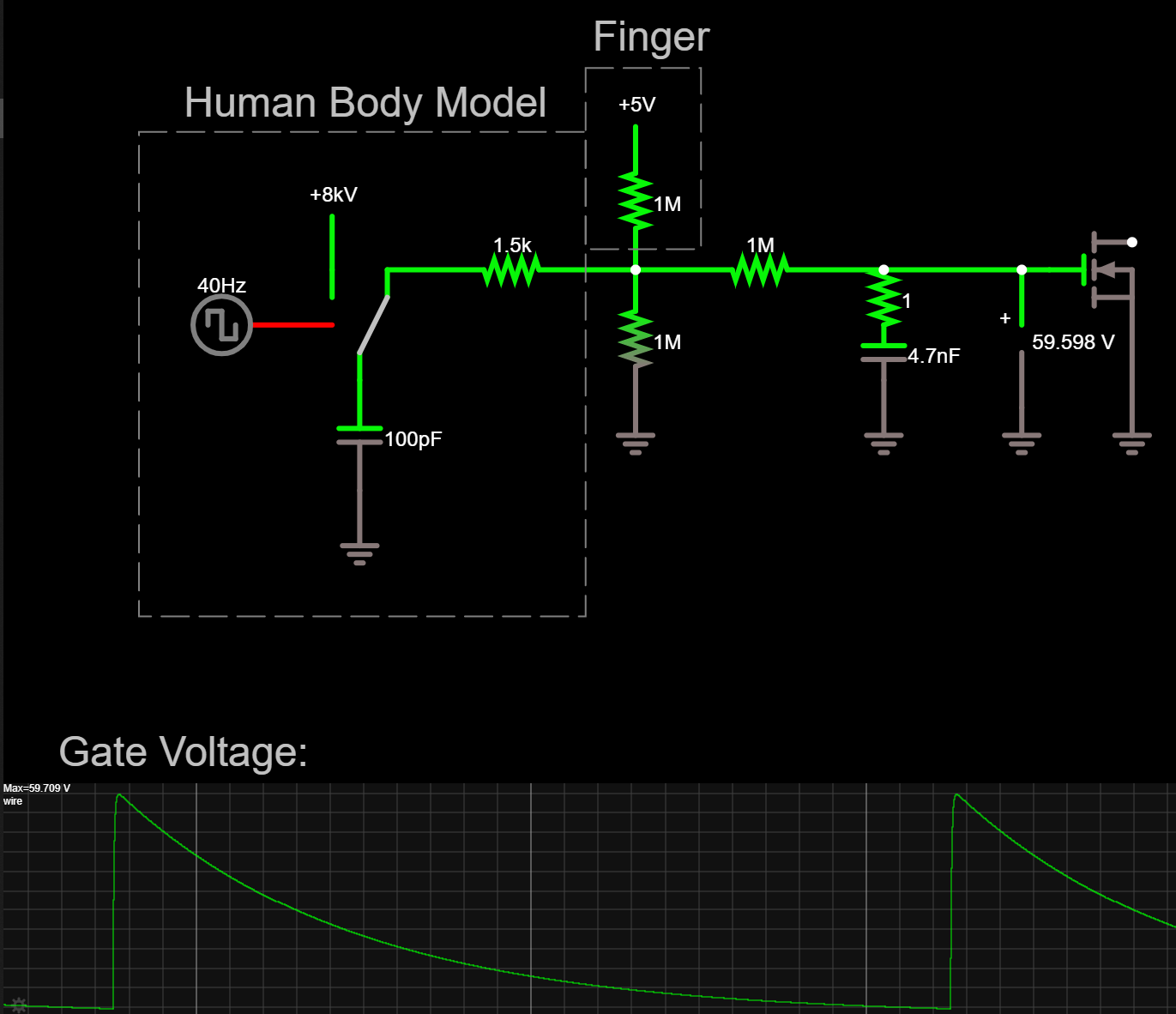
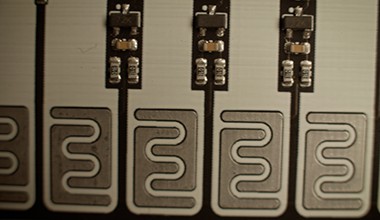



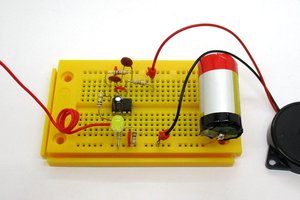
 Burkhard Kainka
Burkhard Kainka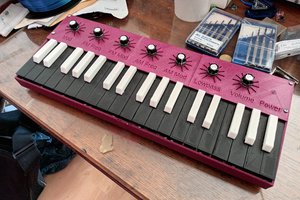
 Timo
Timo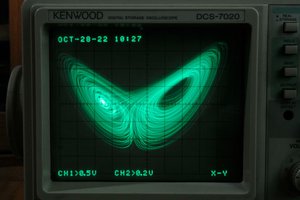
 CheeenNPP
CheeenNPP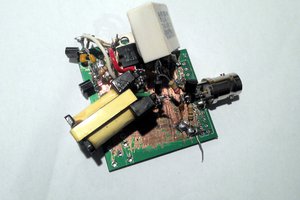
 Jenny List
Jenny List
feels good.
https://besttanklessguide.com